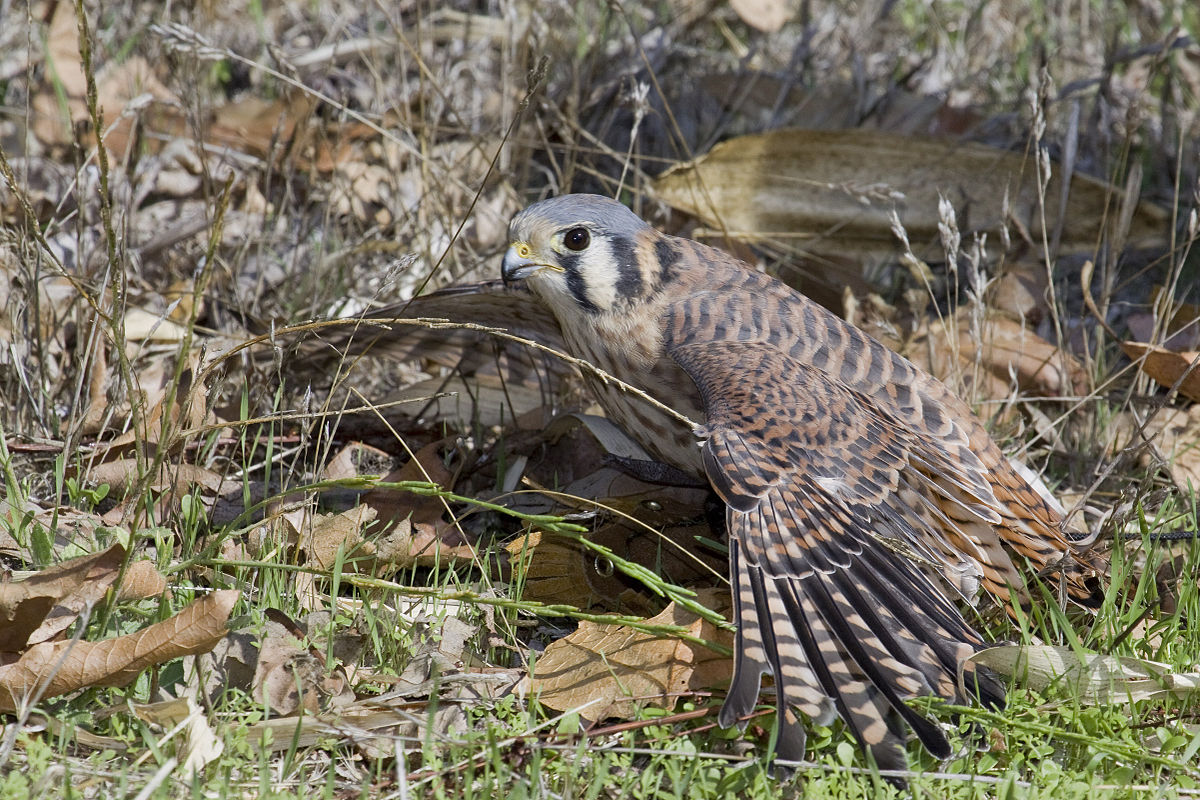Offer
Provide additional details about the offer you're running.
Provide additional details about the offer you're running.
Provide additional details about the offer you're running.

Feature Image By marlin harms [CC BY 2.0 (http://creativecommons.org/licenses/by/2.0)], via Wikimedia Commons
Not to be confused with the act of mantling, which involves the action of hunching or arching shoulders over recently killed prey, typically by large raptors such as owls, the mantle of a bird is actually located on a bird back. This being said, when a bird is performing the act of mantling over prey, offers a great opportunity to get a glimpse of the mantle as this is a position in which that area on the bird is greatly visible.
Specifically speaking, the mantle is the area of bird’s upper parts between the base of its nape and its rump, usually located between the shoulders and along the spine of the bird. While most of us would simply refer to this area of the bird simply as its back, the emphasis of this body part lies in the area closest to its neck. This area is not covered by the wings of the bird and only very close encounters can truly reveal the boundaries of this area on a bird.
For many species of birds, the mantle is a recognizable field mark that often contains streaks, bars, stripes, spots, flecks, and other markings that aid in identification. In fact, there are species such as the Crimson-mantled woodpecker, red-backed thrush and the chestnut-backed chickadee who’s mantle markings are so prominent, they become a part of the bird's name.
High Quality Blend